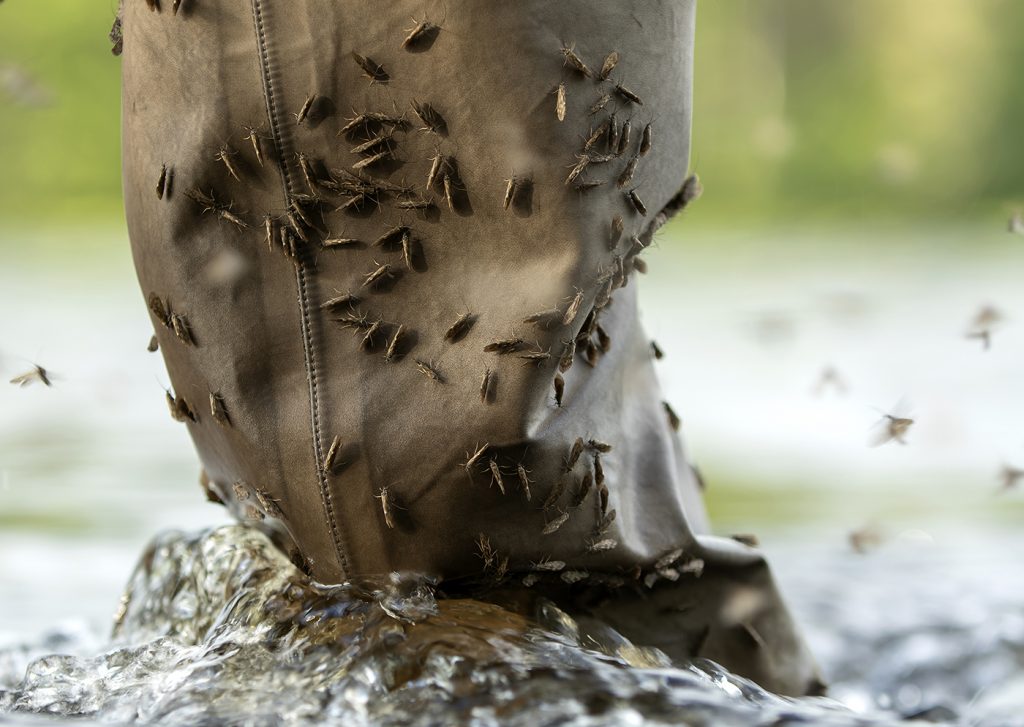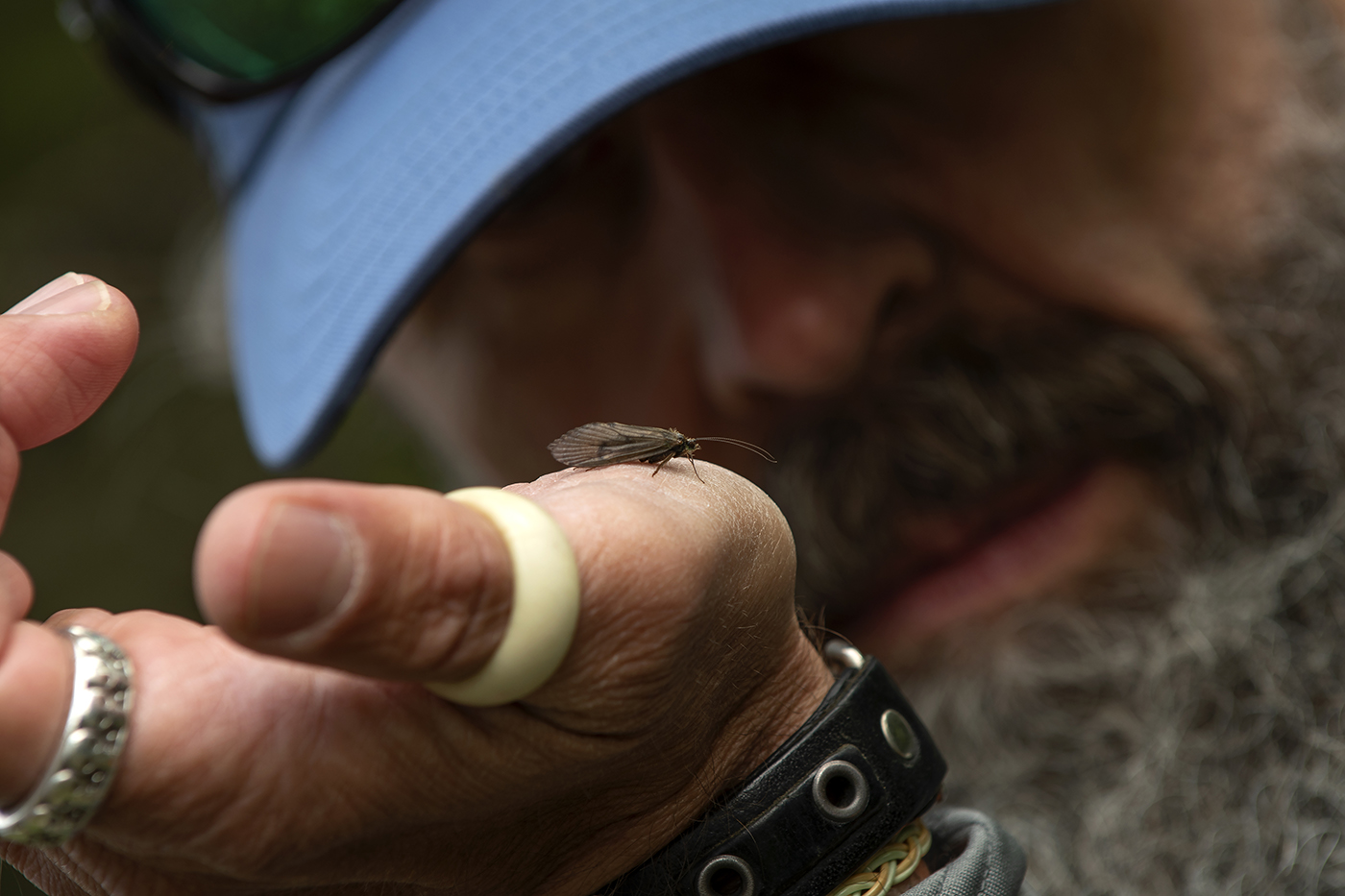
The great grayling fishing in Älvdalen draws fly fishers from all over Sweden, but many remain unaware that the area also offers excellent trout fishing. Älvdalen is Swedish and literally means ”the valley of rivers”.
When it comes to my home water, Österdaläven, it’s mostly known for its large population of grayling, which, as we all know, is a great fish to chase with the fly rod. Also, they are quite willing to rise to a well-presented dry fly, which most fly fishers appreciate. The excellent grayling fishing has pushed the trout a bit in the background. The trout population has been under pressure by a big dam and timber rafting. They have survived and the population has grown strong and offers high-quality fishing.
Continue reading “Trout fishing in Dalarna”





